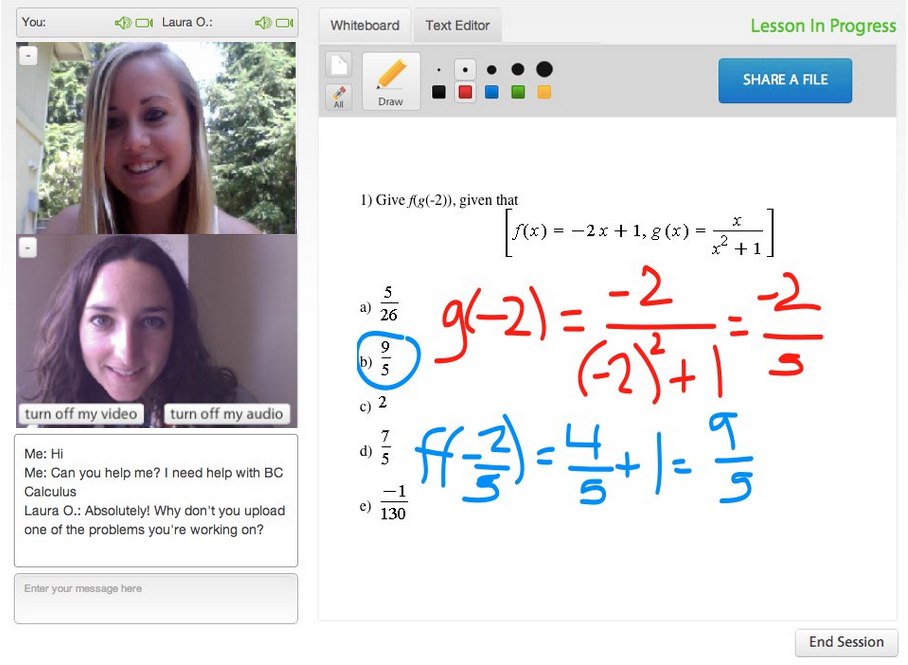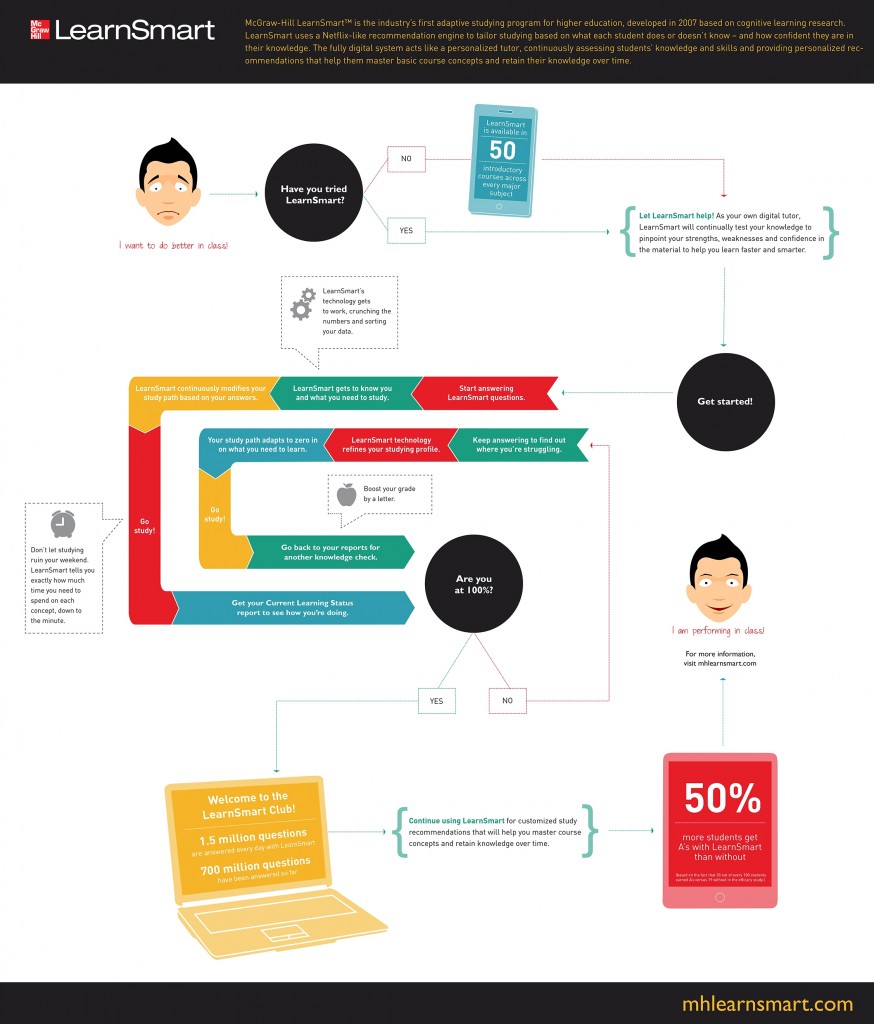Why was InstaEDU created and who are the creators?
InstaEDU was created to solve two big problems with the traditional private tutoring industry. First, while not every student needs an hour of tutoring every Tuesday from 3-4 p.m., every single student knows what it’s like to get stuff on a tough subject and need a little extra help. And second, private tutoring is prohibitively expensive for many students; in some parts of the country, tutors charge more than $100 per hour, making it difficult for many families and college students to afford. As a result, InstaEDU was launched to make high quality, one-on-one online tutoring accessible to anyone with an Internet connection and a desire to learn — regardless of time of day or if you planned ahead. The company was founded by Alison Johnston, her brother Dan Johnston, and a friend Joey Shurtleff in late 2011; all three went to Stanford University.
Is InstaEDU expensive?
Not at all. Every new student on InstaEDU gets to try the service out for free. After that, tutoring starts at just $24/hour, and it’s billed by the minute. So, if you only need help for a few minutes, you can pay just a few dollars. But if you want to work with your tutor for an hour or more, we want to make sure it’s affordable, too!
How does it work?
Students come to InstaEDU and let us know what subject they need help with. From there, we can get them connected with a tutor from a top college in under a minute. Here’s how it works: When tutors sign up with us, we require them to register with either Facebook chat or GChat. Once they do that, our service can tell when they’re online. So when a student comes to us looking for help with a specific subject, we can send chat messages to tutors who are both experts in that subject and online. If a tutor is available, they simply click on a link to take the lesson.
Beyond our on-demand service, we also know that many students like working with the same tutor on a regular basis — they want the traditional hour per week with a tutor they connect with. We also offer the option to message and set up lessons with tutors. This can be especially useful for students in college who need help with more advanced subjects and want to find a tutor who knows, for example, college-level organic chemistry.
What type of tutoring do you offer?
All of InstaEDU’s tutoring is done online in our collaborative lesson space (it has a whiteboard and document uploader with editing). Students can choose to use video chat, audio chat or text chat — it’s totally up to them. In terms of subjects, we cover all high school subjects and most college level subjects as well. Literally everything from basic algebra to advanced econometrics.
How do you vet your tutors and who are they?
All of InstaEDU’s tutors are either current students at, or recent graduates of top colleges like Stanford, Harvard and MIT. When they apply, we require them to sign up with Facebook — that’s how we can verify they’re associated with the school they say they are. We also have them do an interview where they tell us about past tutoring and teaching experience, which is required to work with us. After every session, students also have the option to rate their tutors, so it’s easy to see if a tutor isn’t doing a great job; if that’s the case, we’ll determine if they’re a good fit for InstaEDU or work with them to resolve any issues.
How can parents use this service for their high school and college students?
We frequently see parents come to InstaEDU looking for a tutor to work with their student[s]. With high school students, parents can set up an account for their child, and then from the parent account it’s simple to manage payments and scheduling. All the student needs to do is show up for his or her lesson. With parents of college students, what we’ll see is parents turning to InstaEDU when their college student is in over his or her head in a tough course or needs help with a paper. Just like with the high school students, parents can manage the payment aspect of the account so the only thing the student needs to focus on is their lesson.
Is it easy to get started using InstaEDU?
Absolutely. We give every new student on InstaEDU a free trial so they can see how the service works and make sure it’s a good fit. All that’s needed beyond that is an Internet connection and a desire to learn.
.







